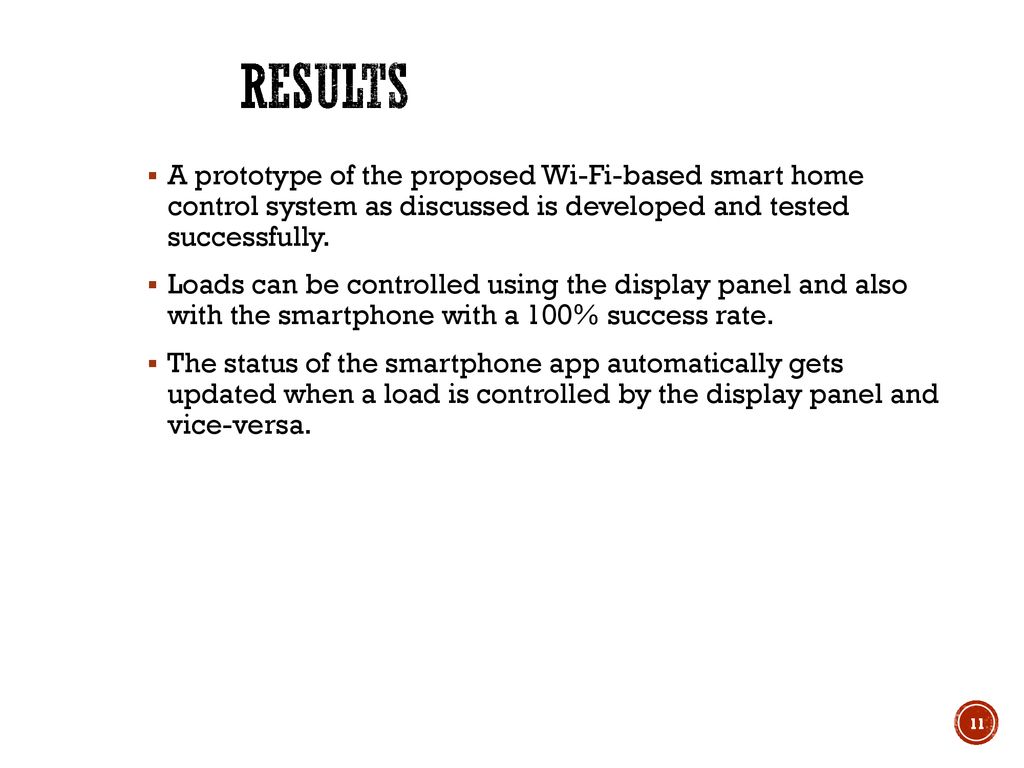Gallery of How to Design Smart Homes 8 Tips for Incorporating Domotics Circuit Diagram During the article, I have shown all the steps to make this home automation system. This ESP32 control smart relay has the following features: 1. Control home appliances with WiFi (Blynk App) 2. Control home appliances with manual switches. 3. Monitor real-time feedback in the Blynk App. 4. Control home appliances manually without internet.

Almost all smart-home devices require a reliable Wi-Fi connection. What you need to know are the two most-used frequencies: 2.4 GHz and 5 GHz. Most smart-home devices operate on the 2.4-GHz Introduction . Welcome to a realm where walls listen and lights respond - the world of smart homes and ecosystems. In today's digital age, it takes more than a vision to create a technological marvel of a home or building; it takes an orchestra of technical expertise and a team of experienced professionals from a variety of fields to bring that vision to life. Software developers weave lines Virtual assistants can be installed as an application on your mobile phone and are essential for organizing the automation system in a smart home. Alternatively, you can purchase an Echo Dot (for
The Complete Guide on How to Build a Smart Home Circuit Diagram
Once you have chosen the right smart home devices, the next step is to create a smart home network that will connect and control these devices. It involves two main components: choosing a smart home hub and setting up a Wi-Fi network. Choosing a Smart Home Hub

A robust home Wi-Fi network is essential for the seamless operation of smart home devices. Mesh Wi-Fi systems like Google Nest Wi-Fi and Eero Mesh Wi-Fi ensure strong and reliable internet coverage throughout your home, supporting the connectivity needs of multiple smart devices and maintaining smooth operation. Benefits of Smart Homes

The Ultimate Guide To Building A Custom Smart Home System Circuit Diagram
Wifi + Voice Controlled Home Automation with ESP8266 & Android. This post is all about Wifi & Voice Controlled Home Automation Using NodeMCU & Android. Here we will do the same, but instead of using Alexa, we will develop our own App on an Android smartphone to control our locally (using buttons or voice), our home devices. Determining the Scope of Your Smart Home System. Once you have chosen a smart home platform, the next step is to determine the scope of your system. Start by identifying the rooms or areas in your home that you want to automate. Common areas include the living room, kitchen, bedroom, and bathroom. How to Control Everything In Your Smart Home. You can control the basic functions of many smart home devices directly via Wi-Fi and a companion mobile app. and allow you to create a whole
